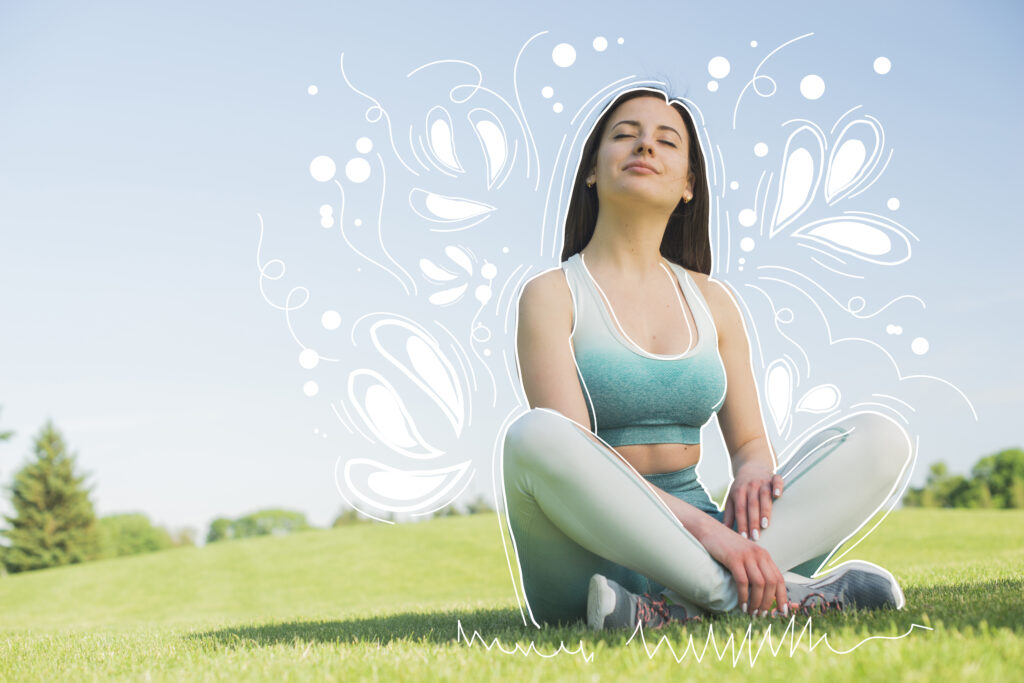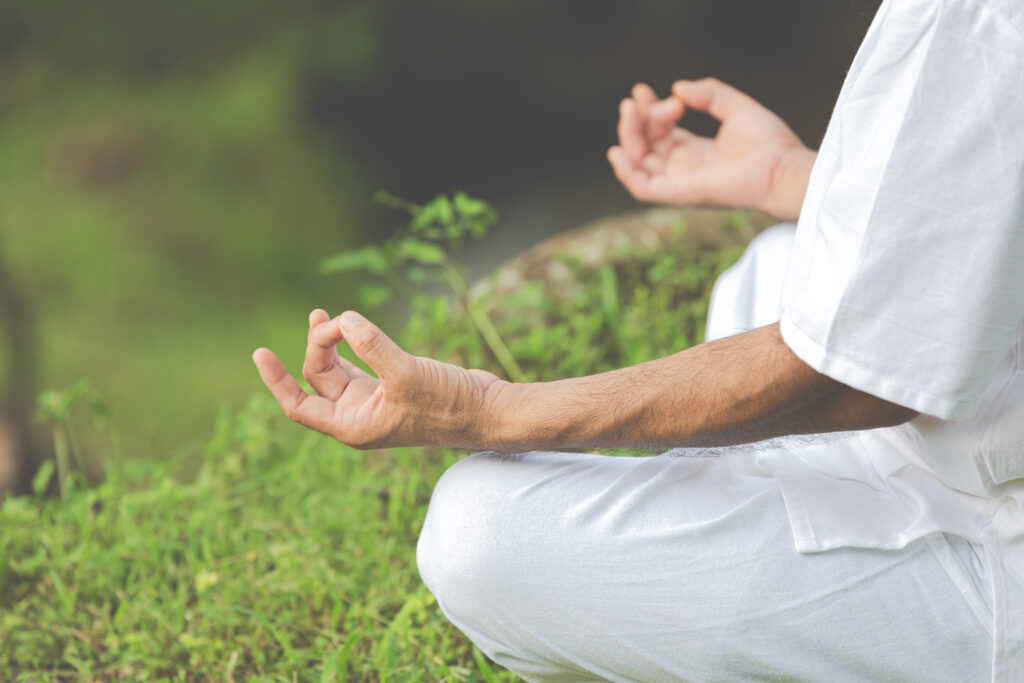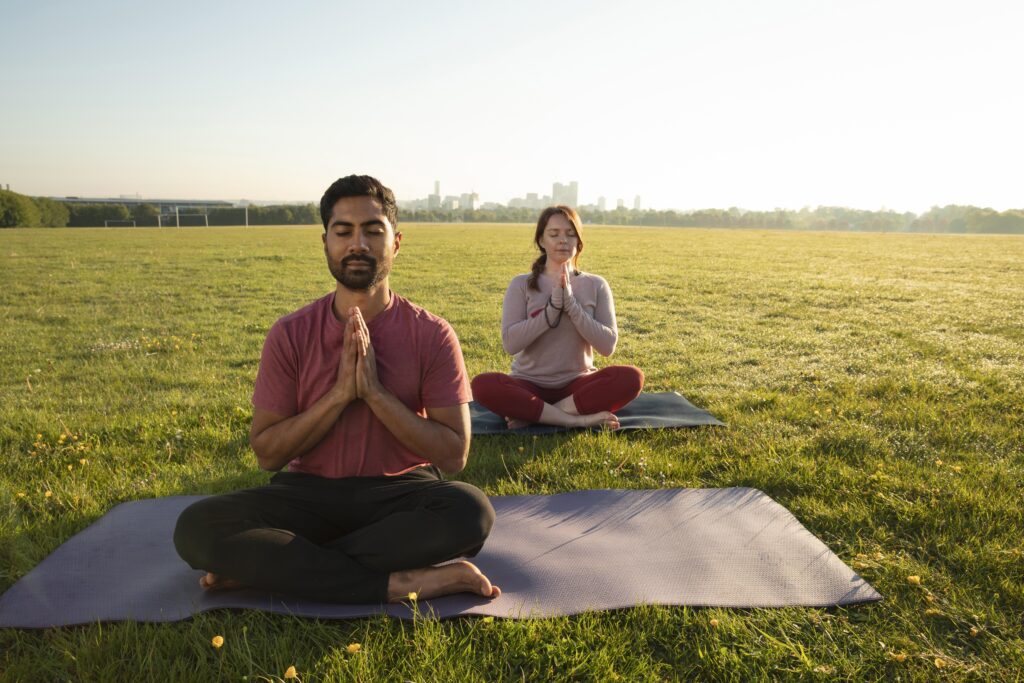
Table of Contents
ToggleWhat is Mindfulness ?
Mindfulness, or the practice of being fully present and engaged in the moment, has grown in popularity as more people discover its profound benefits for mental and physical well-being. It can significantly improve our quality of life by encouraging relaxation, lowering stress, and increasing focus.
This blog post aims to introduce beginners to mindfulness by providing ten simple transformative tips. By the end of this guide, readers will have practical tools to begin their mindfulness journey and experience its benefits firsthand.
1. Understand the Basics of Mindfulness
Understanding the fundamentals of mindfulness involves grasping the concept of being completely present and engaged in the moment. It is the practice of observing your thoughts, feelings, and sensations without judgment. Instead of focusing on past regrets or future anxieties, it encourages you to focus on the present moment, fostering a sense of peace and clarity.
Mindfulness is fundamentally about noticing what is going on around and within you, allowing you to respond thoughtfully rather than impulsively. This simple yet effective practice can be incorporated into daily activities to help you live a more centered and balanced life.

2. Create a Calm Environment
Creating a calm environment is essential for practicing mindfulness because it allows you to focus fully on the present moment without distraction.
Begin by creating a quiet space in your home specifically for mindfulness activities. This could be a room corner or a small area that you can set aside for practice. Make sure this area is free of noise and clutter, which can distract your attention and reduce the effectiveness of your exercises.
Adding essential items such as comfortable sitting cushions, soft lighting, and perhaps a few candles or incense can help to create a relaxing atmosphere. These elements not only make the space more inviting, but they also signal to your brain that it’s time to unwind and focus inward.
3. Start with Breathing Exercises
Starting with breathing exercises is an excellent way for beginners to get into it because it is simple yet highly effective. Begin by focusing on your breath to ground your thoughts and bring your attention to the present moment. A basic technique is to sit comfortably, close your eyes, and take slow, deep breaths into your nose and out through your mouth.
This practice not only calms the mind, but it also lowers stress by activating the parasympathetic nervous system. For example, try the “4-7-8” method, which involves inhaling for four seconds, holding for seven seconds, and exhaling for eight seconds.Regular practice of focused breathing promotes mindfulness and can be done anywhere, making it an excellent starting point for your journey.

4. Incorporate Mindfulness into Daily Routine
Incorporating mindfulness into your daily routine entails paying close attention to everyday activities like eating and walking. For example, eating mindfully allows you to savor each bite, paying attention to flavors, textures, and the act of chewing, which improves both enjoyment and digestion.
Similarly, during mindful walking, you can notice the sensation of each step, the movement of your body, and the sounds around you, which promotes a sense of presence and calm. When consistently integrated into your daily life, these practices not only strengthen your connection to the present moment, but they also reduce stress, improve concentration, and promote overall well-being.
5. Use Guided Meditations
Guided meditations are an excellent way for beginners to begin their meditation practice because they offer structured sessions led by experienced instructors. These sessions typically include soothing narration to help you focus on relaxation and specific goals such as stress reduction or improved sleep.
Popular apps such as Headspace, Calm, and Insight Timer provide a wide range of guided meditations tailored to specific needs and preferences. When selecting a guided meditation, consider the instructor’s voice (which should be soothing and clear to you), the duration of the session (which typically ranges from a few minutes to more than an hour), and the meditation’s specific focus or goal.Finding the right guided meditation can improve your meditation experience by helping you stay focused and deepen your practice over time.

6. Practice Mindfulness in Nature
Mindfulness in nature provides a distinct and rejuvenating experience by allowing you to connect deeply with the natural world. The calm environment reduces stress, improves focus, and fosters a sense of peace. Nature walks, in which you pay close attention to the sights, sounds, and smells around you, or simply sitting quietly and observing your surroundings, can greatly benefit your practice.
To make the most of nature-based mindfulness, find a quiet place free of distractions, breathe deeply, and fully immerse yourself in the present moment, appreciating nature’s beauty and tranquility. This mindful connection with nature not only refreshes the mind, but it also promotes overall well-being.
7. Embrace Mindful Listening
Mindful listening entails completely focusing on the speaker without distraction, allowing you to truly understand their message and emotions. Its importance lies in developing deeper connections, increasing empathy, and reducing misunderstandings in conversations.
To practice mindful listening, avoid distractions, maintain eye contact, and listen without pre-planning your response. Simple exercises include paraphrasing what the speaker said to ensure understanding and checking in on how you feel after the conversation. By practicing mindful listening, you can create more meaningful and compassionate interactions.

8. Keep a Mindfulness Journal
Keeping a journal can significantly enhance your mindfulness practice by providing a dedicated space to reflect on your thoughts, feelings, and experiences.
Journaling helps in recognizing patterns and triggers, fostering a deeper understanding of oneself. You can start with simple prompts such as “What am I feeling right now?” or “What did I notice about my breath today?” These prompts will help you focus on the present moment and articulate your experiences.
Regularly writing in your journal allows you to track your progress, observe changes over time, and reflect on your journey, making it easier to stay committed to your practice and see the tangible benefits it brings.
9. Attend Mindfulness Workshops or Classes
Attending workshops or classes can help you improve your practice by providing a sense of community and valuable advice from experienced instructors. These settings provide structured learning, allowing you to explore mindfulness techniques in depth and ask questions in real time.
To find local or online workshops, look into community centers, wellness websites, or platforms like Meetup and Eventbrite. Reading reviews or testimonials can help you determine the quality of a class; many students report transformative experiences and increased motivation from learning in a supportive group setting.
10. Be Patient and Persistent
Developing a practice requires patience and perseverance. It’s critical to understand that mindfulness is a journey rather than a destination, and progress may be slow. Many beginners experience common difficulties such as wandering thoughts, frustration, or impatience. Overcoming these challenges requires acknowledging that these experiences are part of the process.
Sharing stories about others who have faced and overcome similar challenges can be reassuring and motivating. Staying committed to regular practice, even when it is difficult, helps to develop the benefits of mindfulness over time. Remember that every moment of practice is valuable, and consistency will result in gradual, meaningful progress.
Conclusion
Incorporating mindfulness into your daily life can have a transformative impact on your overall well-being, reducing stress and cultivating a greater sense of calm and focus. Starting with the tips in this post, you can begin to discover the powerful impact it can have.
Remember to be consistent and patient while practicing. We encourage you to share your experiences and feedback in the comments section, as they can inspire and support others who are just starting out with mindfulness.
FAQS
Mindfulness is the practice of remaining fully present and engaged in the present moment, observing your thoughts, feelings, and surroundings without passing judgment.
Begin with simple practices such as mindful breathing, which involves taking a few minutes each day to focus on your breath and let go of distractions. Gradually incorporate mindfulness into daily activities like eating, walking, and listening.
Mindfulness can help to reduce stress, improve focus, regulate emotions, increase self-awareness, and promote overall mental and physical health.
No specialized equipment is required. However, having a quiet area, comfortable seating, and occasionally a meditation cushion or mat can be beneficial.
Begin with 5-10 minutes per day and gradually increase the duration as you gain comfort with the practice. Consistency is more important than duration.